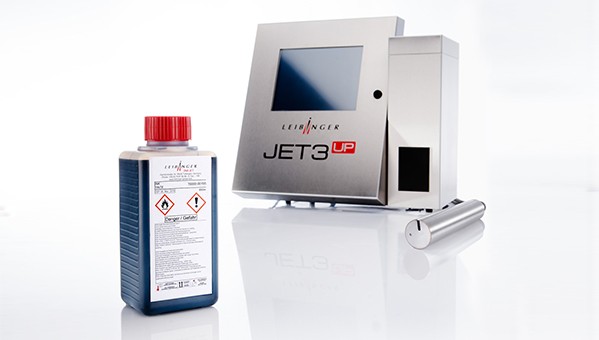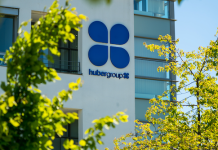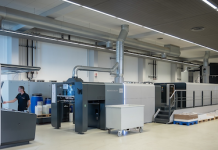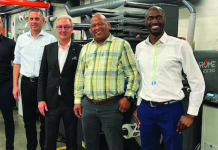Only very few inks for component-marking with Continuous Inkjet (CIJ) printers can withstand extreme temperatures between 600 and 900 degrees. With this in mind, marking and coding specialist Paul Leibinger GmbH & Co. KG has introduced a pigment ink that allows a clear typeface even at 1000° C.
Heat-resistant ink is a pigmented ink. Black colour particles float in a medium – unlike a dye ink in which the dye is dissolved in the medium and evaporates immediately at extreme temperatures. The experts succeeded in modifying the pigment ink’s particles and medium in such a way that they can withstand heat of up to 1000 °C, unscathed. They also found a way to keep the particles in suspension through chemical stabilisation. This slows down the so-called sedimentation process, in which the pigments settle. Additionally, the JET3up PI CIJ printer incorporates a stirring mechanism that continuously mixes the ink. The combination of chemical stabilisation and stirring mechanics ensures a reliable and low-maintenance labelling system.
High temperatures represent a real challenge for printing inks with which manufacturers mark the components even before firing. ‘The danger is that the ink burns in the furnace and dissolves into soot. The typeface, such as a model number, would no longer be readable, so the component would be rejected,’ explained Christina Leibinger, managing proprietor of Leibinger. ‘That’s exactly why we developed a new ink for our JET3up PI CIJ printer, which ensures a reliably readable typeface with high contrasts even at temperatures of up to 1000° C.’
In addition to ceramics, metal and glass can be printed, for example, in the production of light bulbs and halogen lamps. The printing ink is now available and compatible with the Leibinger JET3up PI CIJ printer.
The JET3up PI marks products without contact using the so-called CIJ technology. In the print head, an ink jet, consisting of up to 96,000 electrically charged single drops per second, shoots through a nozzle. When printing, a high-voltage field changes the trajectory of individual drops, so that they end up as pixels on the product surface. The remaining drops fly into a catcher tube, and are sucked back into the continuously circulating hydraulic circuit and used there. The printing technology is fast enough to keep up with conveyor belt speeds of up to 10m/s and is also extremely cost-effective. The CIJ printer can print up to 120 million letters with one single litre of ink.





















